
I know that NASCAR isn’t a topic normally covered here at MotorMavens…and I sure as hell never expected to be the person covering it. I’ll be completely honest here. Even as a kid, I was never a huge fan of NASCAR. I imagined it couldn’t be too entertaining watching cars go around an oval for hundreds of miles. Not only that, but I just didn’t feel like I really fit in with the typical NASCAR fans… but I guess I never really gave it a chance.
I was approached by MotorMavens about traveling to Charlotte, North Carolina to cover the NASCAR All Star Race weekend. MotorMavens was invited to cover the race as guests of Mobil 1, as well as take a tour of a full-blown racing facility, the NASCAR Hall of Fame, and a few other surprise stops along the way. Obviously, I jumped at the opportunity. Regardless of what I thought I knew about NASCAR, I decided I was going to approach it with an open mind. It’s a good thing, too… because I learned a lot of interesting things about NASCAR and had a lot of fun in the process!
It was a quick flight into Charlotte, and as I stepped off the plane I wasn’t surprised by the familiar summer heat and high humidity. After a quick taxi ride to Uptown Charlotte, I found myself at the Westin Charlotte checking in. The Westin is a very, very nice hotel – not something I’m accustomed to! I’m practically an outdoorsman when it comes to travel and, when I’m on a trip, I usually expect to stay in whatever is cheap! I’ve got to thank Mobil 1 for making the stay comfortable!
There wasn’t anything on the agenda for the day, so I decided to meet up with Jeff Yip and take a quick stroll around uptown Charlotte and find a bite to eat. As soon as I stepped out of the hotel, I noticed the huge NASCAR building looming over me just down the street – an obvious sign of just how much this town was invested in the sport.

Before I go into the NASCAR part of this post, I’d just like to give a shot out to Vivace – a real highlight of the entire experience for me. I was extremely impressed by its elegant layout, the high ceilings, and the warm atmosphere. If you ever get a chance to visit Vivace, order the Lamb Chops. I’m not exaggerating when I say they were amazing!

The next day we woke up bright and early and assembled in the lobby of the hotel. We were going to be making our first stop at a full blown race facility – Michael Waltrip Racing! While Michael Waltrip spends most of his time and effort these days in charge of a race team, as I’m sure you’re aware, he is no stranger to being inside the race car. His career began at the young age of 11 and has taken him twice to victory lane at the Daytona 500! He eventually followed his dream to own and manage his very own team and also became one of the first organizations to affiliate with TRD and run the Toyota Camry in NASCAR. The grand scope of what it takes to run a team that fields multiple drivers in the NASCAR series didn’t quite hit me until I had a chance to experience this 140,000 square foot facility for myself.

The first thing I noticed as I walked into the facility was the Mobil 1 display sitting right at the front. It’s no surprise, as Mobil 1 is not only The Official Motor Oil of NASCAR, but works directly with TRD and Michael Waltrip Racing to provide quality lubricants to stand up to the extreme performance demanded of them in NASCAR.

Our tour guide, Tim Brown, took the time to walk us through the entire facility. Tim is the suspension manager at Michael Waltrip Racing, and he just might be one of the hardest working guys in motorsports. You might imagine that, after a hard day’s work and a long drive home, you would find Tim at home relaxing – but that’s not the case! He’s probably in his garage wrenching on his own race projects! He is also the local celebrity at the shop, starring in the reality series “Madhouse” on the History channel! The show documents his solo racing career, and that of other drivers, as they battle it out on (and off) the track.

This is the Car Assembly Area where all four of the race teams under Michael Waltrip Racing are assembled. As I entered the room, two thoughts crossed my mind. “Wow, its clean!” followed quickly by, “Its bright! I won’t need a flash!” To think that a handful of cars make the journey from a stripped down shell to a fully prepped race car each week, yet they somehow manage to keep it this clean, is mind boggling! I’m betting that I could literally have taken my shoes off and slid across the entire room on my socks, if I’d wanted to, and my socks would probably have been clean afterwards! Also, I’ve been to plenty of shops and none of them have this showroom style lighting. This was a first for me, and it definitely made the photographer in me happy! Not that I expected a dimly lit, backroom garage, but it sure is a far cry from the barn in which Harry Hogge built his car in “Days of Thunder“.

The interesting thing about our tour is that we weren’t limited to what we did and didn’t see, or where we could and couldn’t go. This isn’t the NASCAR tour they’d give to just anyone! This made the trip very interesting as we had the chance to interact with the staff as they carried on their regular pre-race routines. I made sure to get down to ground level and take a closer look at the vehicles in various stages of assembly. These guys paid me no mind as they worked diligently on one of the cars.

Notice the “CAMRY” lettering in the front – Michael Waltrip Racing was one of the first teams to take on the Toyota Racing Camry in the Sprint Cup series. Toyota hasn’t been around long, having fielded their first Craftsman Truck in 2003 and their first Nextel / Busch series cars in 2007. Although its branded a Toyota, the Sprint Cup cars are still built on the “Car of Tomorrow” platform – making it nearly identical to other cars in the series.

Check out those brakes! I thought the slot pattern in these brakes was interesting, as most of the other rotors I had seen on the other cars had more conventional slots. I saw more variation in brake setups in the cars than nearly anything else. This makes sense because of the different types of tracks these cars race on. At high speed tracks like Talladega the brakes are hardly used, so smaller and lighter brakes help reduce weight and improve speed. At the other end of the spectrum, at small tracks like Bristol, the driver spends a tremendous amount of time on the brakes all around the track – beefier brakes are required. I’m interested to find out more about the different slot patterns and how a pattern like this helps performance and what its use might be. If anyone has any knowledge, please chime in on the comments!

In the gears and transmission area, you could find just about any ratio gear imaginable in the drawers in the background. As you can imagine, each track requires a completely different setup than the next! There were also racks upon racks of differentials, as well as a wall of transmissions in the other corner. The sheer number of parts makes it obvious how much investment is required for top tier teams to compete in NASCAR.

Some of these units were labeled with prior dates, obviously having been used at previous events. Many of the parts in a race car are torn down and checked, reassembled and/or rebuilt, and then used again — especially if the setup has been successful.

Off in another corner of the facility, we found where the electronics were stored. In NASCAR, the electronics are fairly simple considering the motors are carbureted and mechanically timed. Even the gauges on the car are analogue!

While Ford, Dodge, and Chevy have been building big cubic inch push-rod V8 motors for decades (and still do), Toyota didn’t even have a push rod V8 in its inventory when it decided to make the jump into NASCAR. In a sense, they were required to “relearn” dated technology. While you’d assume that this may put them at a disadvantage, it really turned out to be the other way around. TRD was able to build a motor entirely from scratch to fit the NASCAR rulebook, as opposed to sourcing current production motors and modifying them. Also, a tremendous amount of research was done by TRD beforehand, and they had the chance to evaluate the Ford, Dodge, and Chevy motors and improve upon the designs where possible (within the limits of the rules). TRD brings an extreme amount of knowledge, experience, and resources to the table from its involvement in other motorsports around the world.
The current carbureted push-rod V8 fielded by Toyota in Sprint Cup has the maximum allowable displacement of 358 Cubic Inches. These engines make approximately 850 horsepower (unless restrictor plates are used on larger tracks) with a compression ratio of only 12:1. While many may scoff at the “old technology” used in NASCAR, you have to admire that these push-rod motors are able to make this much power at engine speeds over 9000 RPM for hundreds of miles in a single race. Additional general specifications can be found at the Toyota Racing website. I’ve been browsing for more specific information, but have found that the majority of information is proprietary and not commonly shared by race teams.
Interesting Fact: This is the same motor that powers Tanner Foust’s V8 powered, RWD Scion tC in Formula D.

I didn’t have a chance to ask, but I’m assuming this vehicle is being corner weighted. Considering that NASCAR Sprint Cup cars are built so similarly, the setups, corner weighting, alignments, etc are that much more important to gain that small advantage over the competition!

We had a chance to stop by the fabrication shop and watch as a chassis was being welded together. These cars are completely built from the ground up at Michael Waltrip Racing.

The wreckage of Michael McDowell’s 2008 crash at Texas Motor Speedway sits in the shop on display, showing what can happen when these cars crash at speeds of over 180 mph. It is also a testament to the safety of the Car of Tomorrow platform. Its unbelievable to think that the driver walked away from this crash with no major injuries whatsoever. Check the video to see the wreck for yourself. Incredible!

Winning banners hang on the wall as a mementos of the hard work put in at this facility day in and day out. I had a great time at Michael Waltrip Racing. Although I wouldn’t claim to be a big NASCAR fan prior to visiting the facility, I walked away with a new sense of respect and admiration for the sport. When you get down to it, the basics of building a race car are generally the same no matter what type of racing you’re interested in. NASCAR may seem like a bunch of low-tech pushrod V8 stock cars running around a track an excessive number of times, but there is actually a tremendous amount of technology involved in making these cars perform as well as they do while making safety such a priority.

Our next stop was the NASCAR R&D Facility. Unfortunately, cameras were off limits for the majority of our tour except for this display room at the front of the building. In the photo above, you can see the new Nationwide Series Dodge Challenger on the right, the Nationwide Series Ford Mustang on the left, and the Nationwide Series Chevrolet Impala behind and center. These cars should be making their debut soon. I really admire that they are trying to match the aesthetics of the street cars more accurately. I think the aggressive lines of the Challenger and Mustang are a tremendous step forward compared to the flat, dull style of classic NASCAR. Unfortunately, in my opinion, the face lift the Chevrolet Impala received was not quite as successful.
The Research and Development Facility was created specifically to address safety and cost issues without sacrificing the competitive nature of the sport. While I’ve been told that they are referred to negatively at times as “The NASCAR Police”, their job is important. One of the main priorities of the R&D Facility is to provide chassis certification to all competition vehicles. Anytime an adjustment or change is made to a chassis, the car must be brought in and examined at the facility. The vehicle is rolled in and placed on a lift where an extravagant diagnostic machine analyzes it for metal thickness and overall compliance with the specific parameters. It is accurate to within one-ten-thousandth of an inch. If the chassis is approved, it receives a serial number and 10 small radio frequency chips for quick identification.
The R&D Facility also contains a massive shop and testing facility. This is where parts go through rigorous stress tests and evaluations before being certified and implemented on the race track. Also, much of the research here is what leads to rules regarding safety regulations, etc. This part of the facility is also where vehicles are broken down and examined after races to determine if foul play was involved. You’d be surprised at the great lengths NASCAR engineers go to get an unfair advantage, and the even greater lengths they go to cover it up. There was an entire room full of seized items! Things as simple as gas tanks filled that room. How do you cheat with a gas tank? You could add extra ports to allow it to drain faster, or machine it so that it holds a higher capacity.
Afterward, we headed back to the hotel to catch some sleep. I knew the following day was race day, so I wanted to be sure I was well rested as the event would last late into the evening.

The next morning I woke up early enough to head out to the NASCAR Hall of Fame before the race. Luckily, it was only a block or two over from the hotel. The Hall of Fame had a variety of exhibits that showcased the history and heritage of NASCAR. This really helped me to understand how the sport has gotten to where it is today. In the photo above, spiraling around the outside of the room, you can see period specific competition cars ranging from oldest to newest. It was interesting to walk through it and see the evolution of the vehicles.

I ran into ESPN filming live at the Hall of Fame. They must have known Motor Mavens was attending so they brought out the big guns. LOL! Seriously, it was interesting to me to see how a live set like this works. What was even more entertaining, though, was all the people who would walk behind the set and wave, shout, and make a scene in front of the camera.

This vehicle was driven by Robert “Red” Byron as he clenched the very first NASCAR championship in 1948! Byron had been involved heavily in local races prior to the formation of NASCAR. Unfortunately, this was put on hold when he was drafted during World War II. He was wounded in the war, and when he returned to racing afterward his left leg was so badly damaged that he had to wear a stirrup that was bolted to the clutch. Talk about dedication!

This is the ’64 Plymouth Belvedere driven by Richard Petty. This car took him to the first of seven NASCAR championships in 1964, powered by one of the most famous engines of all time – the 426 Hemi! Unfortunately, the Hemi was so dominant in NASCAR that the sanctioning body changed the homologation rules which required a certain number of vehicles to be sold in street form with this motor, thereby disqualifying the 426 Hemi from being operated the following year. This restriction was eventually overcome by Dodge, and the 426 Hemi again reigned supreme in the late ’60s until new regulations and the gas crisis pushed the 426 Hemi out of production.

It’s easy to tell how far safety regulations have come over the years when you view these older competition vehicles. There is less metal around the driver, thinner roll bars, and the cars in general are much smaller. Also, check out the tiny windshield and spare interior. I bet driving that thing at speeds approaching 200 mph was a thrill.

The Kiekhaefer Outboards Chrysler 300 had an exciting but short lived history in NASCAR. The very wealthy Carl Kiekhaefer, owner of Kiekhaefer Outboards, saw NASCAR as an opportunity to gain exposure for his company. With an unlimited budget at his disposal, he purchased a fleet of the newly released Chrysler 300 – one of the most powerful and best handling cars of its time. Other teams were not able to afford such vehicles and Kiekhaefer’s teams were able to clench the championship in 1955 and 1956. Unfortunately, this had a negative effect as Kiekhaefer was continually accused of cheating. Instead of positive exposure, Kiekhaefer Outboards began to develop a negative reputation. Carl Kiekhaefer pulled all his teams following the 1956 year and never returned to racing.
Unfortunately, I had to cut the Hall of Fame trip a little short so I could make it to the race!

We arrived that afternoon at the Charlotte Motor Speedway! The area was surrounded by people, most of them set up in campers and tents tailgating the event. The barbecues were blazing and the music was blaring – it was a giant party! At this point, I realized that I need to get out to another race and tailgate when I’m not actually required to operate a camera… it seemed like it would be a tremendous amount of fun!

The first time I walked out into the stands, I was blown away by how large the facility was. The track is a mile and a half long, and the speedway has a total capacity of over 140,000 spectators. That’s pretty impressive! We got in a bit early because we were heading to the pits. Most of the spectators were still outside drinking!

That’s a lot of seating! Can you imagine the noise of 100,000+ fans screaming in unison at the end of the race? At this point, it was only imagination, but later in the evening I’d know exactly what that was like! I’ve been told that the races in Charlotte feel like a home game in other sports because 90% of the teams involved in NASCAR have their headquarters located within 50 miles of the track.
We proceeded down to the pit area, and this is where things got interesting for me. Just before we left for the race I had intentions of going upstairs and changing into jeans. Motorsports events generally have requirements that you must wear pants in the pit areas. I knew this, I’ve always known this, but unfortunately I had an issue with the hotel and completely lost track of what I was doing. As I walked toward the pits, I was stopped by a security person who told me that I could not go any further because I had shorts on.
Seriously!? I had flown all the way to Charlotte, North Carolina and I couldn’t even photograph the race from the pits? I’m such an idiot! Luckily, Sean from Theory / Mobil 1 was able to secure a pair of pants for me from some guy down in the spectator area. The problem was, I’m a fairly big guy (think 3X) and these pants were double extra medium. Sooo…you know what? I had a job to do so I sucked up my pride and put them on – even though they almost looked like gray spandex tights! Everyone got a kick out of it, but you’ve gotta to what you’ve gotta do. If you’re reading this, Sean… I know it was a big pain in the ass, but I honestly and truly appreciate your help!
I took the opportunity to ask Linhbergh if my extra tight sweatpants qualified as “Art Pants” so that I could get a feature on his site… unfortunately, they did not.

The Mobil 1 crew prepares for the race! Sam Hornish Jr. is the driver of the #77 Mobil 1 car. If it weren’t for Mobil 1, I wouldn’t have had this opportunity, so…I wonder if you can guess which team I was cheering for!

As the race got closer, the cars started to make their way onto pit road, pushed by the crew members. As the cars emerged, so did the drivers, crew chiefs, etc. There were plenty of famous people out on the track, and it was neat that spectators with pit crew access were able to openly interact with them for a short time before the race. Unfortunately, I didn’t know who anyone was, so I ended up taking photos of anyone I thought might be important. I went through my photos later with a huge NASCAR fan and he didn’t recognize hardly any of them. Haha, better luck next time!

This car is the #21 Motorcraft Ford Fusion driven by Bill Elliott. Another interesting fact – this car is fielded by “The Wood Brothers” – a famous race team that’s been involved with NASCAR for 60 years now. As you may have guessed, that makes them the oldest race team in NASCAR. Not only have they been extremely dedicated to the sport, but extremely dedicated to Ford as well, having never fielded anything but Ford vehicles since 1950. That, my friends, is HERITAGE!

The cars quickly lined up on pit road. This one is driven by Jeff Burton.

Our friends from Mobil 1 show up!

Nice rear setup! The car, that is. And, if you insist, yes – there is indeed one to the left, as well. There were some attractive southern girls hanging around this racetrack! All the more reason for my new found respect and admiration for NASCAR.

So, in keeping with the theme…Kid, I see it, too… but aren’t you a little young?

Removable steering wheels aren’t just limited to show cars. It’s a necessary safety feature in the Car of Tomorrow. Wouldn’t it be sick if it were a wood grain Nardi?

Check out the sick Mobil 1 helmet!

As the drivers arrived in pit lane, we finally had a chance to meet Sam Hornish Jr. Here he is with his wife and daughter, spending some time with them before the race. I’m sure racing the full NASCAR schedule keeps him extremely busy, so family time takes place whenever he has the opportunity.

The Mobil 1 team spend some time together before Sam jumps in the car – going over any last minute adjustments.

Everyone bows their heads while the national anthem is sang. Finally, the moment we’ve been waiting for. “Gentlemen, start your engines!” The motors roar to life, the sound is so loud I can feel it in my chest. A louder sound approaches from the distance, and I look up to see four jets flying overhead in the “missing man” formation.

Some final checks are made just before the cars head out to the track and line up behind the pit car, pacing slowly behind it.

The pace car moves out of the way and the engines roar! The cars move past at tremendous speeds, and even with ear plugs you can literally feel the noise of the cars as they move around the track. The race has begun!

As the race carries on into the night, the pit crews stand awaiting their chance to perform their duties. It’s easy to overlook the job they do when most pit stops last only 13-14 seconds, but a couple of tenths of a second may take plenty of laps to make up around the track! Can you imagine trying to focus on changing a tire with 100,000 people screaming around you? The noise of the crowd was unreal – rivaled only by unmuffled 800+ hp NASCAR V8s screaming their way around the track at 180+ mph!

Wrecks are common in NASCAR. It’s part of the entertainment! Unfortunately, it isn’t quite as entertaining to the pit crew – I could see their faces hit the floor as they watched their driver limping back into the garage.

This car kept catching on fire! I watched them put it out three our four times over a period of about ten minutes. It was really exciting to me to witness some of the damage these cars take up close!
Before I knew it, the race was over! I was having so much fun absorbing the sights, sounds, and action of the race that, when it ended, I was a little disappointed. “That’s all!? Damn!” It was really a good time! Keep in mind that I’m the guy who thought it “couldn’t be too entertaining watching cars go around an oval for hundreds of miles.” I guess I’m finally getting to eat my words. Unfortunately, I had lost my crew (along with my preconceived notions) and I caused them to have to sit around waiting on me. Eventually I found my way back to the van but, if it wasn’t one thing it was another. Sorry, guys! I hope you can forgive a newbie just learning the ropes. But, despite all of the setbacks, we made it home and hit the sack – the real treat would follow on our last day!

We piled into the van the next morning and headed right back to the speedway. Lo and behold, our friend Sam Hornish Jr. was there to greet us!

… and so was his car! Wait, was it out on the pits ready to go?

Why yes, yes it was – and every member of our crew had a race suit waiting for us. Yessss!!!!

Sam Hornish Jr. suited up to personally chauffeur us around the track… at 180 mph!

Yes, it was quite a treat! I had been in fast cars before, but this took the cake! These cars create so much G-force through the corners that you literally feel your mind turn to mush. I wondered how they do this for hundreds of laps? Another preconceived notion died – the idea that there’s no athleticism required to race NASCAR and these drivers just sit there making a bunch of left turns. With the strength and skill required to keep these cars under control at these speeds, I truly realize now how taxing and strenuous a race like this must be. Even after driving for only a short time, the car created so much heat that it melted a friend’s pair of shoes!

These are the guys from Theory / Mobil 1 that made our trip happen! Thanks Sean, Andy, and Jesse – you guys are the best!
At the end of the day, racing is racing, and although it may seem very simple, there are plenty of challenges and obstacles that teams must face to find their way to a top finish – much less an overall victory. I had a great time and really enjoyed having a chance to witness NASCAR in person, down in the pits, in the race shops, and even in the race car where the magic happens! It’s so much bigger and more encompassing than anything I’d ever expected from seeing it on television. There is such a story behind it, so much heritage, and such a dedicated following… so much that you really can’t experience in your living room! Trust me, go out to a race, it will be a blast!
:: James Evins

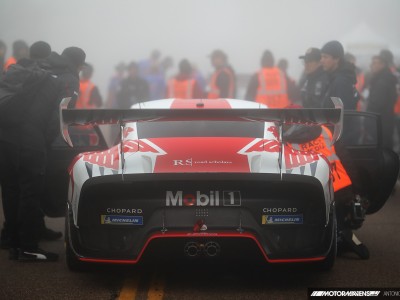
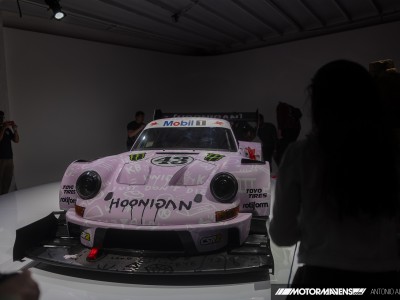
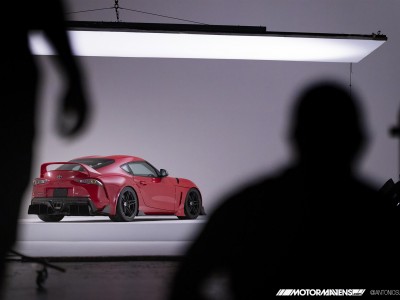
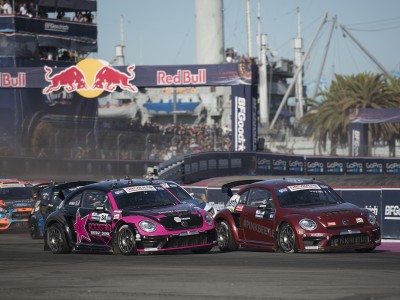

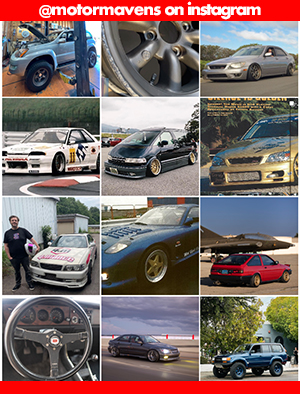

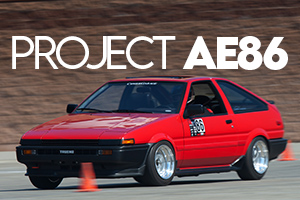


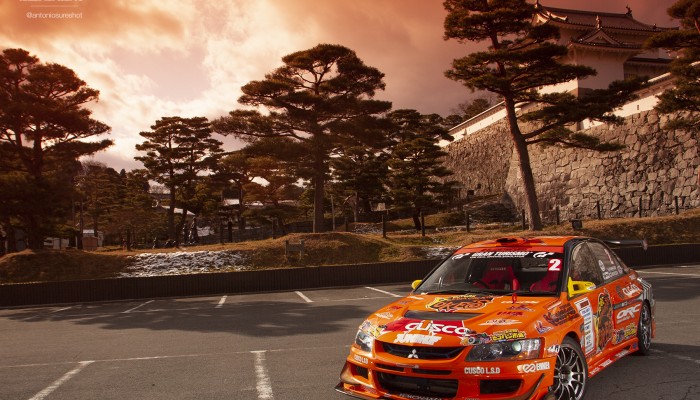
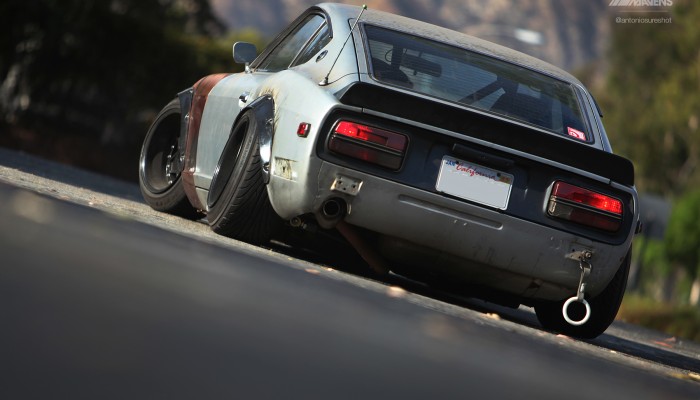
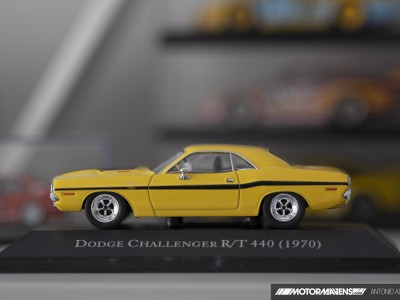
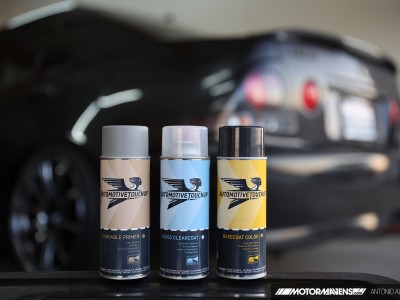
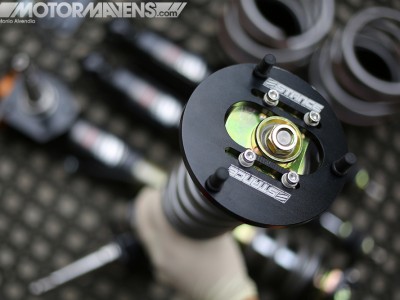
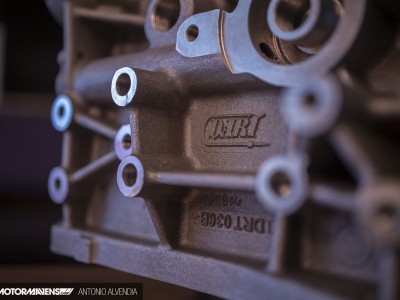
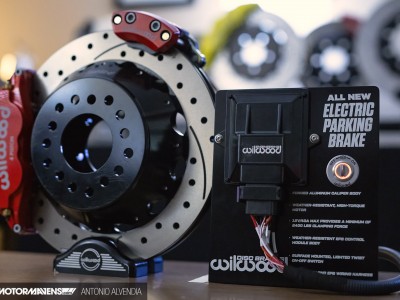
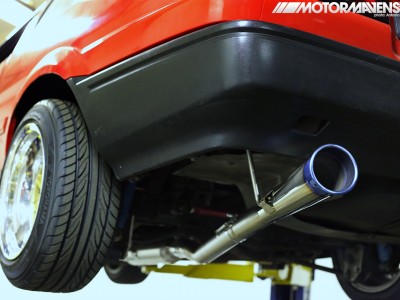
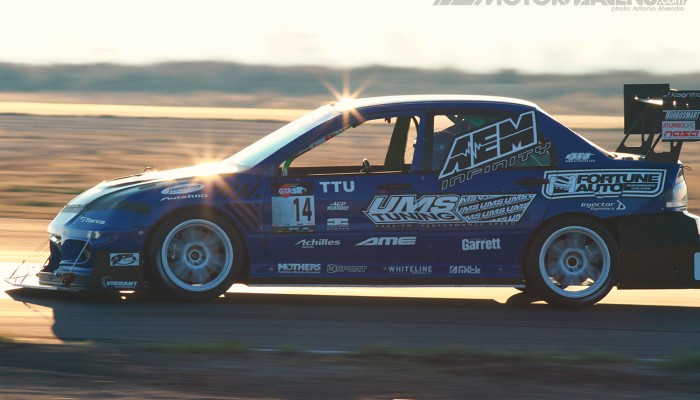
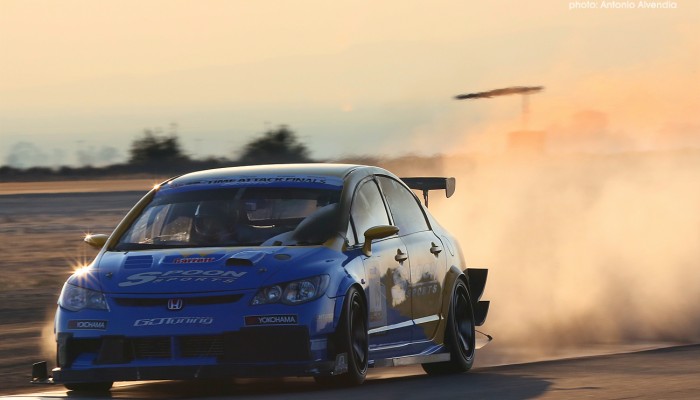
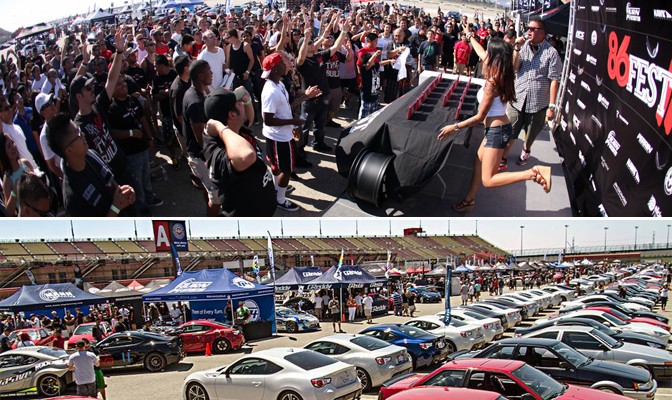
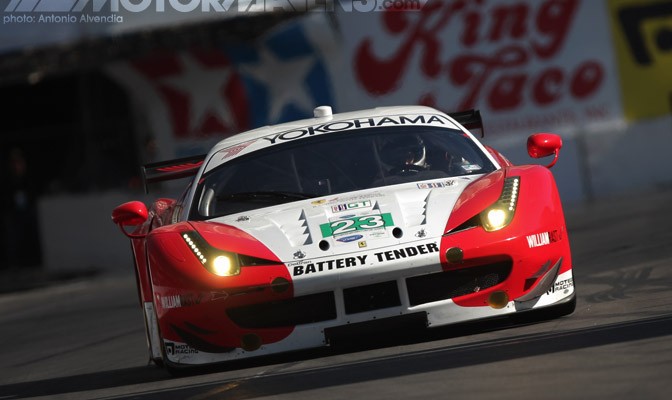
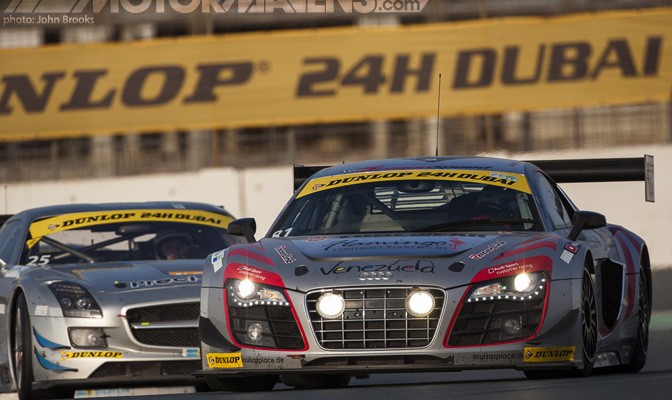
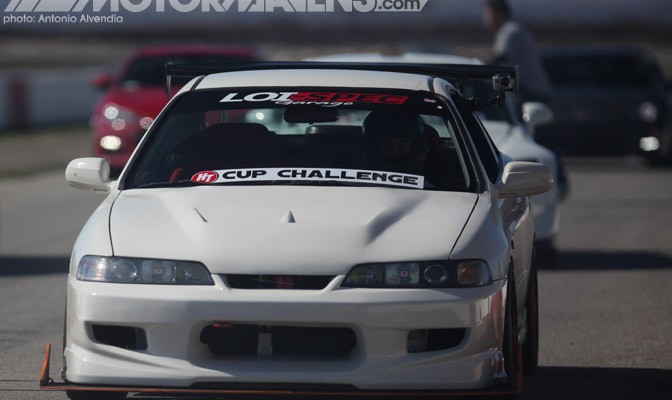


I’m not really a fan of the racing, just a bit too long for me, but the tech and machines are very cool. Also the races at Sears Point and Road Atlanta can be interesting and the drivers are very good.
Right man for the job! Real nice job James.
Very cool post.
The race at Sonoma last weekend was Awesome!
VERY COOL JAMES!!! Since everyone knows I’m a Toyota guy, I was happy to see the Camry in your NASCAR post!
Also, I LOVVVVVE the old blue Plymouth Belvedere and the Kiekhafer Outboards Chrysler 300! If NASCAR cars still looked that cool, I’d probably be more excited to watch it!
GREAT job on the story and exposing the aspects of NASCAR that most of us don’t get to see! Very cool!!!
I love the second to last picture! It’s awsome!
OH…MY…GOD. If I knew there was free range TAIL running around at NASCAR events like the one that kid is OGLING – I’d have been there YEARS ago! I think I’ll go buy some Mobil 1 oil to say thanks for flying you out to catch such perfection on film James. LOL! With this post and the Brazil post, I’m starting to wonder if you’re actually a car photographer or something a little more sinister…
@GroduceJunc – LOL, thanks, dude! I’m going to quote that! HAHA
Awesome coverage J. You had me laughing.
GroduceJunc: TRUUUUUEEEEE THAT!!! Introducing… J.Evins, Mister Sinister tailsniper! haha
oh yeah, and I TOTALLY agree with vdmtom. the panning on that snd to last photo is RIDICULOUS SICK!!! Reeeeeeespect!
PS>> Is it just ME, or does Sam Hornish remind you of the French guy from Talladega Nights? I was hella cracking up when I saw his pic!
honestly, NASCAR was more interesting to me when they had cars like Richard Petty’s Belvedere and the Chrysler 300. That was when the motorsports aspect of things was so evident that the underlying business had to intervene when, basically, you WON too much or were too competitive. But now, whenever I turn on the tv, all I see and hear about is NASCAR’s big sponsors and basically a bunch of other business crap that I really dont care about. I just came for the racing cause that’s what it’s all about at the end of the day. but since ‘racing’ is driving at 200 mph in an oval for 150+ laps, there isnt much excitement for me. basically if i gotta go travel hundreds of miles to get that excitement because it’s not strong enough to transfer through the tv (like today’s motoGP finish…epic) then it’s not worth the time to take interest in.
WOW james! Excellent story and photos.
@Antonio …. HAHA! I left that part out. I completely forgot, LOL!
@nismokid_5 … Understood, my friend. Sometimes there is alot of excitement, just depends! I gave it a chance and have watched it since and have always witnessed a close race or an epic wreck.
Dude, best article on NASCAR ever, from the outside looking in. Perfect. You have me all stoked to visit Irwindale for a NASCAR night.
very damn nice James! Great Shots
Nice post, glad to hear an outsider view on something old However, oval-track racing is pretty unexciting, the SPECTACLE of the event is something that NASCAR has down. Glad to read your coverage!
However, oval-track racing is pretty unexciting, the SPECTACLE of the event is something that NASCAR has down. Glad to read your coverage!
That was a very cool post. Check out the postive (what the?) camber on the left side. All in the name of turning left! My dad is a big NASCAR fan, but I never really could get into it. But much respect for these guys. 800-950hp from 12:1 compression and 358cubes is super impressive.
@hechtspeed – Positive camber … Hella flush 😉
@D1RGE.EXE – No doubt, it definitely is a big show!
@BIG DAVE – Do it, man. Its fun to witness for yourself atleast once. The pit access tickets are awesome! Just be sure to wear pants and not shorts!
Very awesome stuff James!
Nice work James, incredibly in depth coverage on something I would probably never choose to look into. I look forward to more from you in the near future!
WoW James, you made Nascar look pretty awesome!! Great coverage!
I like and respect nascar as a racing series.
Contrary to popular opinion, driving ovals at 180mph for 3 hours is encredibly demanding. Ask Max Papus.
I deplore the fact that they no longer use modified OEM chasis.
It is just not the same.
When I look at an 87 Grand National or IROC Z; it makes me flash back to races at Daytona.
But I can’t relate to what they drive now.
It dosent mater who wins now. I can’t drive a car like they have.
I cant modify a chevy to look like theirs.
If Joon Maeng wins the next drift event; I know that he did it in a real Mazda RX8.
I can buy that car, mod it, and drift it.
Just like him( almost LOL)
I wouldn’t mind drifting an 80’s chevy but that dosn’t help Chevy sales today.
Hell of an article, James. Well done, sir.
well written post!